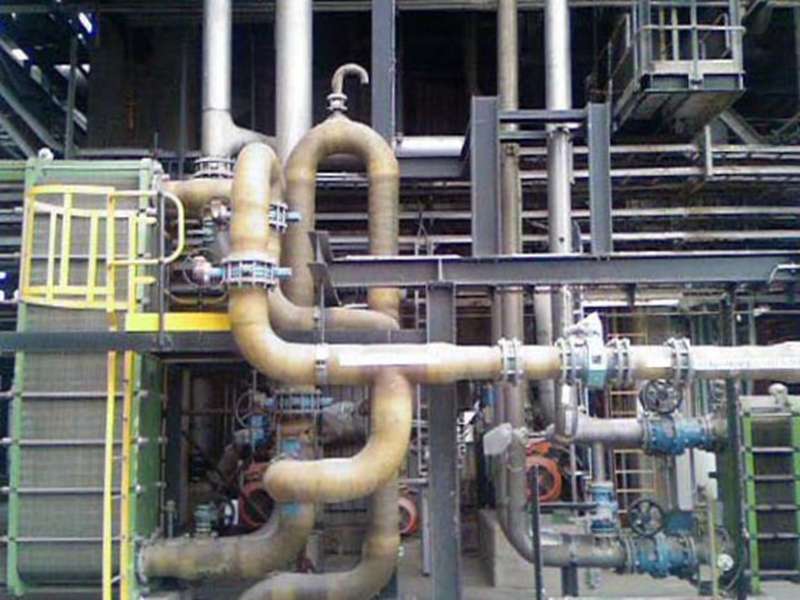
-
 Afrikaans
Afrikaans -
 Albanian
Albanian -
 Amharic
Amharic -
 Arabic
Arabic -
 Armenian
Armenian -
 Azerbaijani
Azerbaijani -
 Basque
Basque -
 Belarusian
Belarusian -
 Bengali
Bengali -
 Bosnian
Bosnian -
 Bulgarian
Bulgarian -
 Catalan
Catalan -
 Cebuano
Cebuano -
 China
China -
 China (Taiwan)
China (Taiwan) -
 Corsican
Corsican -
 Croatian
Croatian -
 Czech
Czech -
 Danish
Danish -
 Dutch
Dutch -
 English
English -
 Esperanto
Esperanto -
 Estonian
Estonian -
 Finnish
Finnish -
 French
French -
 Frisian
Frisian -
 Galician
Galician -
 Georgian
Georgian -
 German
German -
 Greek
Greek -
 Gujarati
Gujarati -
 Haitian Creole
Haitian Creole -
 hausa
hausa -
 hawaiian
hawaiian -
 Hebrew
Hebrew -
 Hindi
Hindi -
 Miao
Miao -
 Hungarian
Hungarian -
 Icelandic
Icelandic -
 igbo
igbo -
 Indonesian
Indonesian -
 irish
irish -
 Italian
Italian -
 Japanese
Japanese -
 Javanese
Javanese -
 Kannada
Kannada -
 kazakh
kazakh -
 Khmer
Khmer -
 Rwandese
Rwandese -
 Korean
Korean -
 Kurdish
Kurdish -
 Kyrgyz
Kyrgyz -
 Lao
Lao -
 Latin
Latin -
 Latvian
Latvian -
 Lithuanian
Lithuanian -
 Luxembourgish
Luxembourgish -
 Macedonian
Macedonian -
 Malgashi
Malgashi -
 Malay
Malay -
 Malayalam
Malayalam -
 Maltese
Maltese -
 Maori
Maori -
 Marathi
Marathi -
 Mongolian
Mongolian -
 Myanmar
Myanmar -
 Nepali
Nepali -
 Norwegian
Norwegian -
 Norwegian
Norwegian -
 Occitan
Occitan -
 Pashto
Pashto -
 Persian
Persian -
 Polish
Polish -
 Portuguese
Portuguese -
 Punjabi
Punjabi -
 Romanian
Romanian -
 Russian
Russian -
 Samoan
Samoan -
 Scottish Gaelic
Scottish Gaelic -
 Serbian
Serbian -
 Sesotho
Sesotho -
 Shona
Shona -
 Sindhi
Sindhi -
 Sinhala
Sinhala -
 Slovak
Slovak -
 Slovenian
Slovenian -
 Somali
Somali -
 Spanish
Spanish -
 Sundanese
Sundanese -
 Swahili
Swahili -
 Swedish
Swedish -
 Tagalog
Tagalog -
 Tajik
Tajik -
 Tamil
Tamil -
 Tatar
Tatar -
 Telugu
Telugu -
 Thai
Thai -
 Turkish
Turkish -
 Turkmen
Turkmen -
 Ukrainian
Ukrainian -
 Urdu
Urdu -
 Uighur
Uighur -
 Uzbek
Uzbek -
 Vietnamese
Vietnamese -
 Welsh
Welsh -
 Bantu
Bantu -
 Yiddish
Yiddish -
 Yoruba
Yoruba -
 Zulu
Zulu
cpvc and frp pipes combine durability and resistance.
Combining Durability and Resistance The Benefits of CPVC and FRP Pipes
In the ever-evolving world of construction and plumbing, the choice of piping materials plays a critical role in ensuring the efficiency, safety, and longevity of systems
. Two materials that have garnered significant attention due to their remarkable properties are Chlorinated Polyvinyl Chloride (CPVC) and Fiberglass Reinforced Plastic (FRP) pipes. When combined, these materials offer an unparalleled combination of durability and resistance, making them ideal for various industrial applications.CPVC pipes are known for their high-temperature resistance and outstanding chemical compatibility. Unlike traditional PVC pipes, CPVC can withstand temperatures of up to 200°F (93°C), making it suitable for hot water piping systems and chemical handling. The chlorination process enhances its molecular structure, providing increased strength and resilience against harsh environmental conditions. Additionally, CPVC is highly resistant to corrosion, which is a common concern in both residential and industrial plumbing.
On the other hand, FRP pipes are celebrated for their lightweight and incredibly strong composition. Made from a polymer matrix reinforced with fibers, often glass, FRP pipes exhibit excellent tensile strength and resistance to various chemicals. They are particularly beneficial in environments where traditional metal or concrete pipes would corrode or degrade over time, such as in sewage treatment plants or chemical processing facilities. The inherent flexibility of FRP allows for easier installation and transportation, reducing labor costs and downtime.
cpvc and frp pipes combine durability and resistance.

When CPVC and FRP pipes are used in tandem, they harness the individual strengths of both materials. For instance, in industrial settings where hot water or corrosive chemicals are prevalent, a CPVC pipe can serve as the inner layer that resists heat and chemical deterioration, while an FRP outer layer provides additional structural integrity and support. This combination not only enhances the lifespan of the piping system but also minimizes maintenance and replacement costs.
Moreover, the sustainability factor cannot be overlooked. Both CPVC and FRP materials can contribute to environmentally friendly construction practices. Their longevity reduces the need for frequent replacements, resulting in less waste. Furthermore, the efficiency of these pipes can lead to lower energy consumption in heating and cooling applications, contributing to a smaller carbon footprint.
In conclusion, the integration of CPVC and FRP pipes represents a significant advancement in piping technology. Their combined durability and resistance make them ideal choices for various applications, from commercial plumbing to industrial processes. As industries continue to prioritize efficiency and sustainability, the use of these innovative materials will undoubtedly play a pivotal role in shaping the future of infrastructure and construction. Embracing CPVC and FRP pipes is not just a smart choice; it’s a step towards a more resilient and sustainable future.









